Opel GT classic cars for sale
With its flowing lines, unique pop-up headlights, and the promise of pure rear-wheel-drive driving pleasure, the Opel GT is one of the most recognisable and technically distinct German sports cars of the late 1960s and early 1970s. Whether the purist GT 1100, the more powerful GT 1900, or the spartan GT/J – every Opel GT impresses with engineering that remains fascinating even today.
Search results
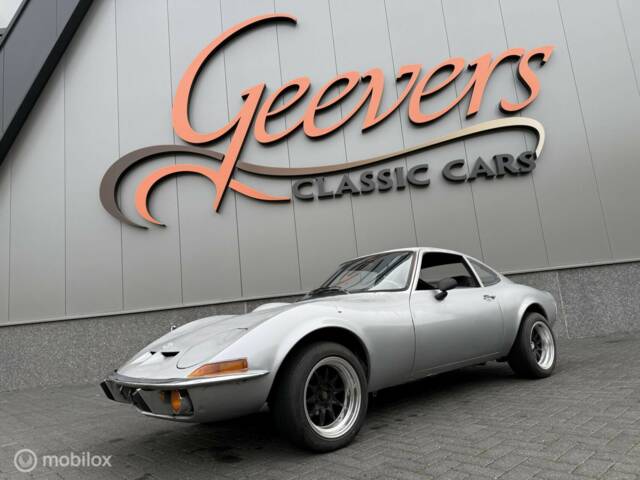
1971 | Opel GT 1900
Opel GT Coupe
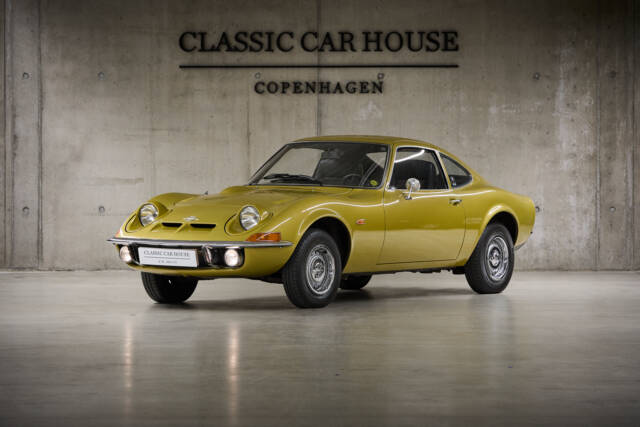
1972 | Opel GT 1900
Opel GT - Ex-museum car, top condition
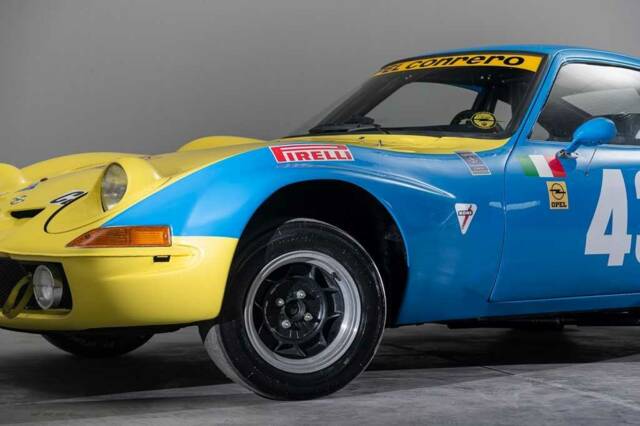
1971 | Opel GT 1900
OPEL GT CONRERO
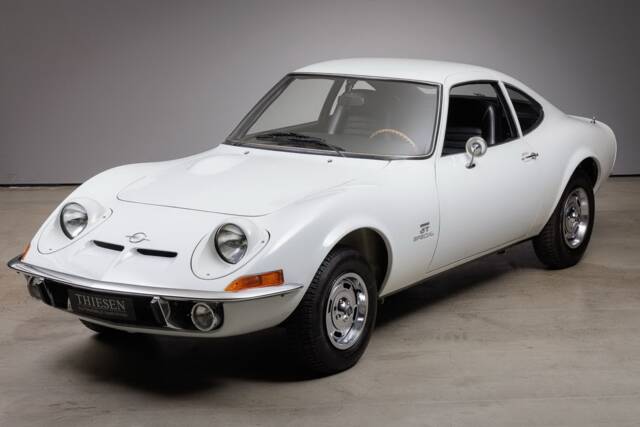
1969 | Opel GT 1900
GT 1900 Coupé -Automatikgetriebe-
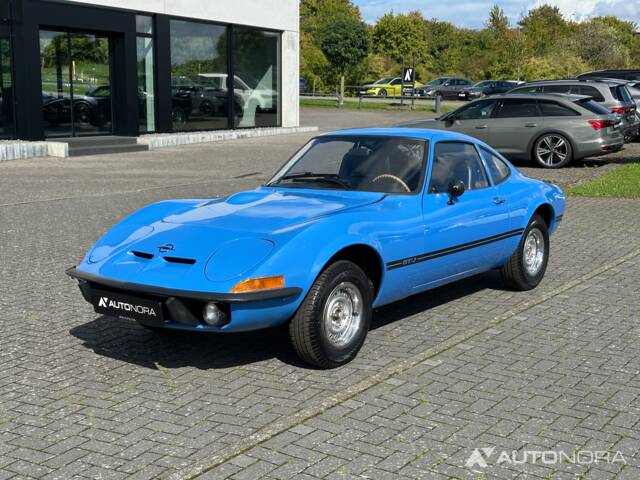
1971 | Opel GT/J 1900
Karosseriearbeiten Unterboden notwendig
Opel GT listing references from Classic Trader
Below you will find listings related to your search that are no longer available on Classic Trader. Use this information to gain insight into availability, value trends, and current pricing for a "Opel GT" to make a more informed purchasing decision.
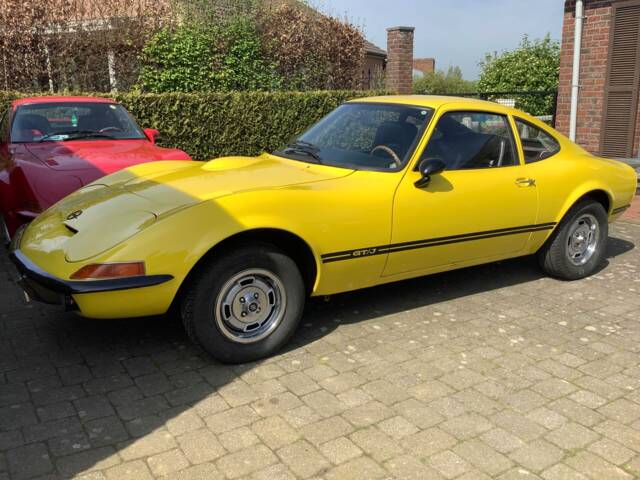
1973 | Opel GT 1900
Opel GT | 1973 - For sale by auction. Estimate 19950 EUR
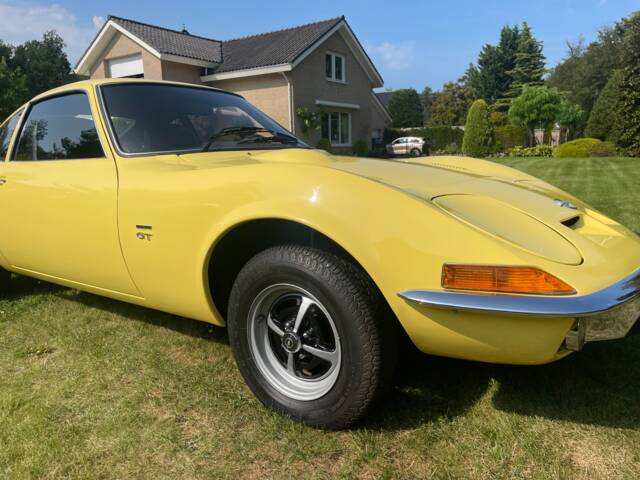
1973 | Opel GT 1900
Restored 35 years ago and owned for 30 years
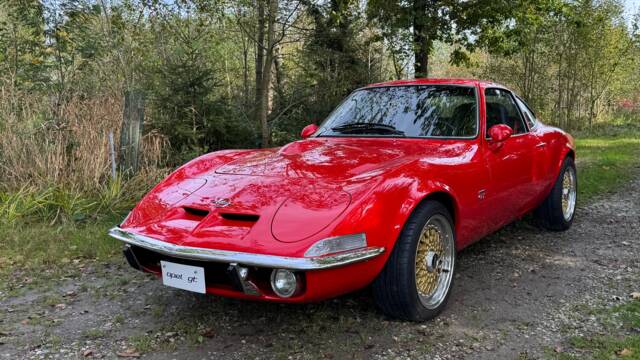
1970 | Opel GT 1900
Opel GT 2.4 - TOP restauriert

1968 | Opel GT 1900
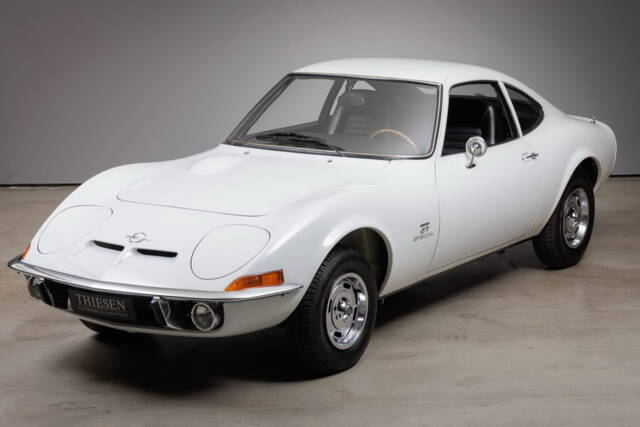
1969 | Opel GT 1900
GT 1900 Coupé -Automatikgetriebe-
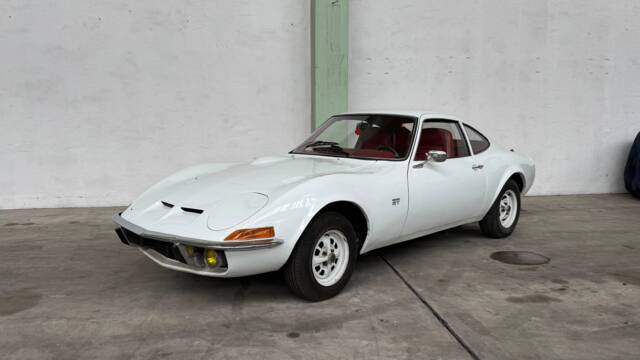
1970 | Opel GT 1900
History of the Opel GT
When Opel unveiled the GT Experimental prototype at the 1965 Frankfurt Motor Show, expectations were immediately set high. Designer Erhard Schnell, supported by Clare MacKichan's transatlantic design influences, created a sports car that, from 1968, would catch attention on both European boulevards and US highways. The body was crafted in France by Chausson and painted by Brissonneau & Lotz, before being married to Opel underpinnings and drivetrains in Bochum. Over 50% of GT production was exported to the USA, where Buick handled sales. Production ended in 1973 due to changes in US regulations and Renault’s takeover of key bodywork suppliers. The GT’s absence from Opel’s catalogue would last more than three decades, until a new generation appeared in 2007—mechanically unrelated yet bearing the same name.
Model history
The Opel GT family began with two engine versions: the 1.1-litre GT 1100 (60 PS) and the 1.9-litre GT 1900 (90 PS). The GT 1100, produced from 1968 to 1970, was soon discontinued due to lacklustre demand, overtaken by the more spirited 1900 model. From 1971, the more affordable GT/J (Junior) replaced the GT 1100, simplifying equipment and distinctively dropping chrome in favour of black bumpers and trim. There was also a GT/L (Luxus) and some very rare limited versions. In 2007, Opel revived the GT name for a two-seater roadster, sharing platforms with GM siblings and unrelated to the original technically.
Highlights of the Opel GT
No conventional boot lid, a manual pop-up headlight system, and a shape reminiscent of the Chevrolet Corvette are just some of the remarkable aspects of the Opel GT. Its distinctive coke-bottle flanks, central fuel filler, and standard dual exhausts set it apart visually. Inside, the car offers driver-centric instruments and space strictly for two. The vast majority of GTs—over 103,000 built—were 1900 models with the larger engine, and more than half went to the USA. The entry-level GT/J from 1971 onwards is notable for its minimalist approach (no chrome, fewer instruments).
Technical data
Special Editions and Collectible Models
The GT/J stands out as a unique, simplified version introduced in 1971, with black plastic bumpers, reduced chrome, and fewer cockpit instruments. It’s now sought after for its lightweight configuration. Aside from this, various colours such as bright orange, yellow or blue distinguish special equipment lines. Prototype versions like the Aero GT Targa remained one-offs and never entered production.
Weak Spots and Common Issues
For the classic (1968–1973) GT, rust is the primary concern—particularly along sills, floorpans, wheel arches and jacking points—where repairs can be costly due to hand-built bodywork and rare spare parts. The manual pop-up headlamp mechanisms are known to develop play and electrical contacts may prove unreliable. On the mechanical side, the 1.9-litre CIH engine, while robust, can suffer from oil leaks, a small sump demanding regular checks, and the risk of head cracks after overheating. Interiors may show UV-induced cracking and are difficult to restore due to bespoke trim parts. Brake system components (front discs, rear drums) need careful examination, though some substitutes from the VW range exist. A careful inspection for hidden rust and correct operation of all mechanical systems including the headlamps is strongly advised.
On the later 2007–2009 Roadster: watch for turbo engine (2.0 Ecotec) issues—turbocharger, ignition coils, timing chains, and electrical failures in window lifts, roof mechanisms and control units. Good service history and working electronic systems are essential for these.
Engine, Performance, Transmission and Handling
The GT 1900—with nearly 90 PS and a 1.9-litre CIH engine—delivers vivid acceleration and a top speed close to 190 km/h, unusual for a compact coupe of its era. Genuine driver engagement comes from rear-wheel drive and a crisp manual gearbox. The car’s double wishbone front suspension and live rear axle offer a balance of agility and period comfort. Brakes are lively with disc/drum setup, while steering is via rack and pinion. The more modest GT 1100 is noticeably slower but retains the same basic driving characteristics. Later, the 2007–2009 GT Roadster (2.0 turbo, up to 264 PS) raised the bar considerably in power and handling precision, but comes with modern electronics to match. - Opel GT 1900: 1.9-litre four-cylinder, 90 PS, rear-wheel drive, 4-speed manual
- Opel GT/J: Simplified, lighter, often in bright colours, using same 1.9 engine
- Opel GT 1100: 1.1-litre, 60 PS, rarer but less dynamic
Interior, Comfort and Exterior Design
The GT’s design owes much to transatlantic inspiration, blending a sharply pointed nose, curved wings, and the now-famous pop-up headlights which rotate in the same direction. The body’s coke-bottle curves stand out, as does the centrally placed round tank cap and the signature dual round rear lamps. Inside, the driving position is sporting and low, all controls perfectly laid out, with a focus on the driver and a compact space for occupants under 1.80 m tall. The parcel shelf behind the seats is accessible only from inside, due to the absence of a boot lid. Seats were offered in various slimline sport versions, including early Recaro shells. The GT/J came with black accents and sports stripes; trim and interior parts are strictly model-specific. Popular original colours include orange, yellow, ocker and blue. Chrome accents are absent in the GT/J.
Other notable features
The Opel GT was regularly described in period advertising as offering sensations 'only flying is better', positioning it as an accessible but very complete sports coupe. Left-hand drive dominates, though US-destined models have detail differences (lighting, bumper specs). The brief inclusion of the Aero GT Targa prototype remains a curiosity—no production models were built with a convertible roof until the unrelated 2007 Roadster.
Summary
The Opel GT stands as the most visible and sought-after classic from Opel, combining rare 1960s/70s sports car charisma with reliable mechanicals. The share of GTs among classic Opels for sale and among buyers searching for Opels makes it a defining car for the marque’s classic segment. Distinctive design, satisfying performance, and well-known technical challenges make every GT a compelling proposition for dedicated enthusiasts. Later roadster models continue the name into a new era, appealing to those who appreciate driving, design, and a unique story in automotive history.




